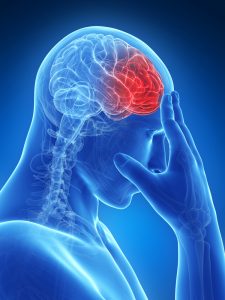Stroke and physical activity
Stroke : Definition and symptoms

Stroke is a condition of vascular origin that is characterized by rapidly developing symptoms (face drooping, arm weakness, speech difficulty) lasting for more than 24 hours or which lead to death. The three main causes of stroke are 1) brain infarction (the large majority of cases), 2) cerebral haemorrhage and 3) subarachnoid haemorrhage resulting from a ruptured arterial aneurysm. Potentially modifiable risk factors include certain medical conditions (hypertension, heart disease, Type 2 diabetes, hyperlipidaemia and carotid stenosis) and lifestyle factors (smoking, physical activity, excessive alcohol use, and obesity). There is good evidence that physically active men and women demonstrate a 20-30% lower risk of stroke [1].
The effects of physical activity on stroke
Aerobic fitness training after stroke leads to improved walking ability and physical endurance, lower heart rate, improved self-perception and general well-being [2]. It can prevent falls, maintain bone density and allow patients to carry out activities of daily living with less exertion [3, 4]. Significant improvement in maximal oxygen uptake, increased muscle strength, and weight loss have been demonstrated when strength and aerobic training are combined [4]. Physical activity after stroke may exert beneficial effects on depression and in overall cognition [5-7]. Stretching and flexibility exercises may help to maintain joint mobility, while balance and proprioception training may help to prevent falls [1].
What are the risks?
The degree of deficit will determine the type of activity possible. Effects of physical activity also depend on, and are affected by, any comorbidities such as diabetes, hypertension or cardiovascular disease. Stroke patients are 2–4 times more likely to fall or suffer hip fractures due to impairments in motor function and balance [7]. As is the case for the general population, the major potential health hazards of exercise for stroke survivors are musculoskeletal injuries [8]. Therefore patients should start slowly, gradually increasing duration and intensity of the exercise. Patients with severe heart disease should contact their physician before starting vigorous or long-lasting physical exercise.
Recommendations
Patients are encouraged to start early with everyday activities that they enjoy, such as walking outside or on the treadmill, dancing, gardening, training on the exercise bike, group exercise classes, water aerobics. The intensity should be adapted to suit the patient: e.g. 10 minutes of aerobic exercise at submaximal levels (65-70% of the maximal heart rate) 2 or 3 days per week and progress to 20 to 60 minute bouts for 3 or more days per week. If the patient is slightly out of breath but can still carry on a conversation, he or she is in the right intensity range. Resistance training should consist of a progressive increase in repetitions of maximal weight that can be lifted. This should consist of 10-15 repetitions for each set of exercises, with a minimum of 1 set of 8 to 10 different exercises which involve the major muscle groups and both upper and lower extremities. Flexibility and balance exercises are strongly recommended to increase range of motion and neuromuscular coordination. Patients must inform their physician prior to beginning an exercise program [9].
Related groups
References
- Billinger SA, Arena R, Bernhardt J, et al. Physical activity and exercise recommendations for stroke survivors: a statement for healthcare professionals from the American Heart Association/American Stroke Association. Stroke 2014;45(8):2532-53. Available at: http://dx.doi.org/10.1161/str.0000000000000022.
- Saunders DH, Greig CA, Young A, Mead GE. Physical fitness training for stroke patients. Cochrane Database Syst Rev 2004. (1):Cd003316. Available at: http://dx.doi.org/10.1002/14651858.CD003316.pub2.
- Brazzelli M, Saunders DH, Greig CA, Mead GE. Physical fitness training for stroke patients. Cochrane Database Syst Rev 2011. (11):Cd003316. Available at: http://dx.doi.org/10.1002/14651858.CD003316.pub4.
- Rimmer JH, Riley B, Creviston T, Nicola T. Exercise training in a predominantly African-American group of stroke survivors. Med Sci Sports Exerc 2000;32(12):1990-6.
- Cumming TB, Tyedin K, Churilov L, Morris ME, Bernhardt J. The effect of physical activity on cognitive function after stroke: a systematic review. Int Psychogeriatr 2012;24(4):557-67. Available at: http://dx.doi.org/10.1017/s1041610211001980.
- Marzolini S, Oh P, Mcilroy W, Brooks D. The effects of an aerobic and resistance exercise training program on cognition following stroke. Neurorehabil Neural Repair 2013;27(5):392-402. Available at: http://dx.doi.org/10.1177/1545968312465192.
- Ramnemark A, Nyberg L, Lorentzon R, Olsson T, Gustafson Y. Hemiosteoporosis after severe stroke, independent of changes in body composition and weight. Stroke 1999;30(4):755-60.
- Adams RJ, Chimowitz MI, Alpert JS, et al. Coronary risk evaluation in patients with transient ischemic attack and ischemic stroke: a scientific statement for healthcare professionals from the Stroke Council and the Council on Clinical Cardiology of the American Heart Association/American Stroke Association. Circulation 2003;108(10):1278-90. Available at: http://dx.doi.org/10.1161/01.cir.0000090444.87006.cf.
- Grimby G, Willen C, Engardt M, Stibrant Sunnerhagen K. Stroke, in Physical activity in the prevention and treatment of disease, Professional associations for physical activity (Sweden), Editor. 2010, Swedish National Institute of Public Health: Stockholm. 611-621.
Authors & expert
Authors : Jane S. Thornton1, Alexis Lion2.
Expert : Dirk Droste3.
1 Centre Hospitalier Universitaire Vaudois, Policlinique Médicale Universitaire, CH-1011 Lausanne, Switzerland
2 Luxembourg Institute of Health, Sports Medicine Research Laboratory, L-1460 Luxembourg, Luxembourg
3 Centre Hospitalier de Luxembourg, Service de neurologie, L-1210 Luxembourg, Luxembourg
Year of publication
2015
